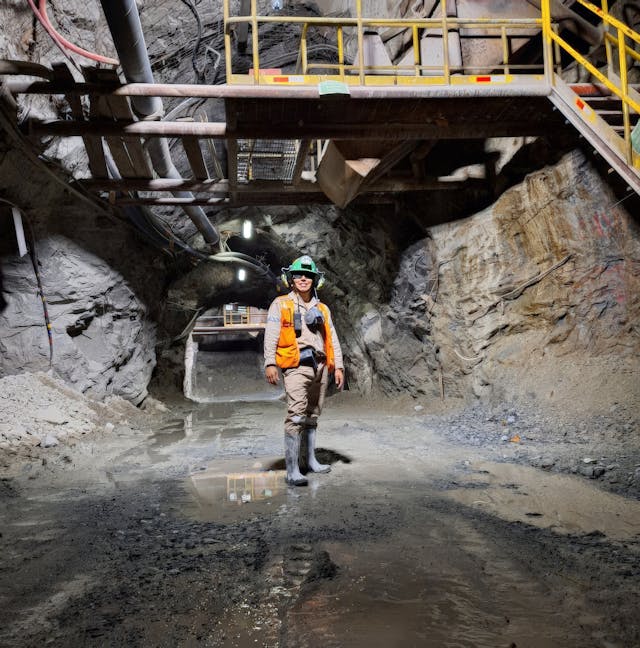The mining of coal has been a critical part of the world energy production since time immemorial, driving the industries, transport, and the economy. As the globe moves towards greener solutions, coal mines remain a major source of energy in the operation of critical industries and sustenance of millions of lives. Currently, coal mines are safer and much more efficient and sustainable as technology advances, strict regulations are introduced, and the emphasis on sustainability increases. The knowledge of this way these mines operate explains their significance in the history as well as the modern day industry.
Safety and Regulation: Safety Protection of Workers working in a Hazardous Environment.
The first thing in coal mining is safety, since the industry is associated with natural hazards like underground pressure, gas accumulations, and machine weight. In the current state of bowen basin coal mines, there are high-safety standards and great attention to the employment of different monitoring systems, ventilation technologies, and protective measures to minimize the risks and guarantee the workers wellbeing. Equipments such as gas sensors, reinforced tunnel footings, and automatic alarms are used to eliminate hazardous accidents.
Moreover, miners receive a great deal of training to manage emergencies, use the machinery safely, and identify the possible risks in time. Frequent inspections and mandatory checks by the government on the compliance ensures that the mining companies have safe working conditions. These safety measures will also not only ensure the safety of the workers but will also ensure that there is a more stable and reliable mining operation that will benefit the whole community.

Efficiency and Innovation: Making Production and Waste Less.
The mining of coal has been revolutionized by technology and therefore mining coal is fast, safe and more accurate. Modern mines employ the latest technology in longwall miners, high capacity conveyors, and automated drilling systems which results in large volume mining with minimal human interaction. Such innovations decrease the physical labor of the employees, as well as enhancing the precision and speed of removing coal.
Digital tools are also significant, and real-time data tracking, geological mapping, and automated surveying systems can give companies an idea of the state of the underground before extraction commences. The result of these improvements is improved planning, less waste and increased productivity. The effective mining process guarantees that the coal deposits do not go to waste without the need to incur more costs on the ecosystem and finances in the long-term.

Environmental Practices: Living Sustainably in Industry.
The coal mines are also embracing environmental friendly practices as the awareness of the environment increases. Land rehabilitation plans involve the rehabilitation of mined grounds through the planting of trees to better the soil quality and design new homes to other wildlife. Water management systems absorb, sift, and recycle water locally, which helps to conserve natural resources as well as avoiding pollution.
Dust suppression, emissions and good disposal of waste have also become a norm. A larger proportion of the mines are also making investments in cleaner coal technologies and energy efficient operations as a long term move towards sustainability. These are to offset the growing demand of the coal with the environmental obligation of the world to save the environment.
















